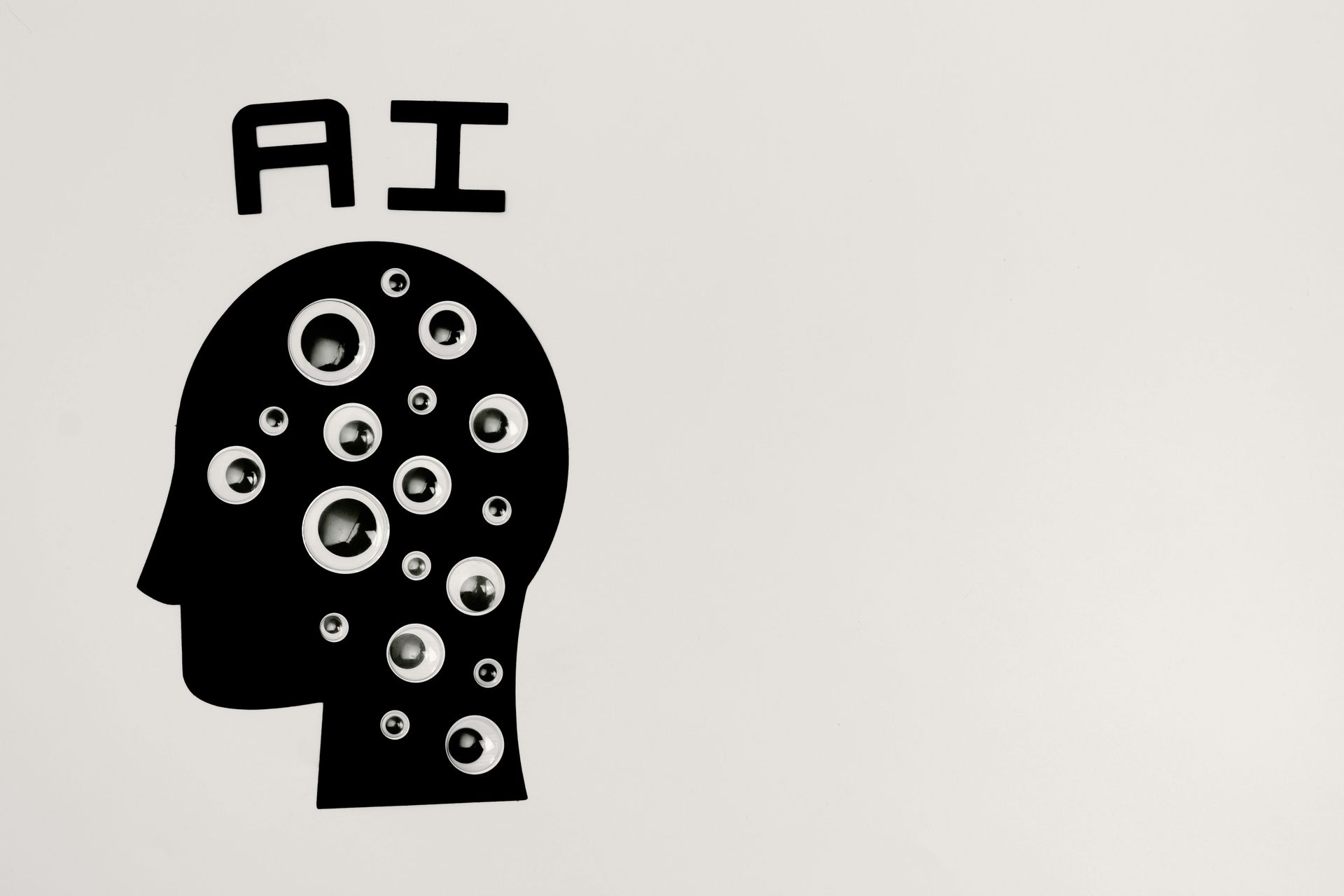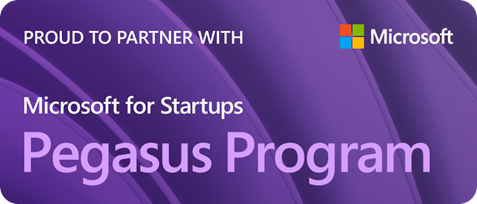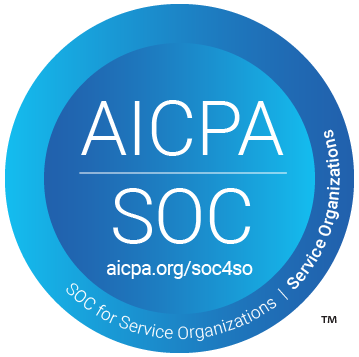Unlocking the True Value of DevOps: How Start Left® Turns Security into a Profit-Driving Force
The adoption of
Start Left methodologies not only transforms security into a profit center but also directly enhances the
achievement of the true value proposition of DevOps. The primary goal of DevOps is to break down silos between development and operations, enabling continuous integration, delivery, and collaboration to produce high-quality software at speed.
Start Left® takes this even further by
embedding security into the core of this collaboration, ensuring that high-quality software isn’t just fast but also secure and resilient from the ground up.
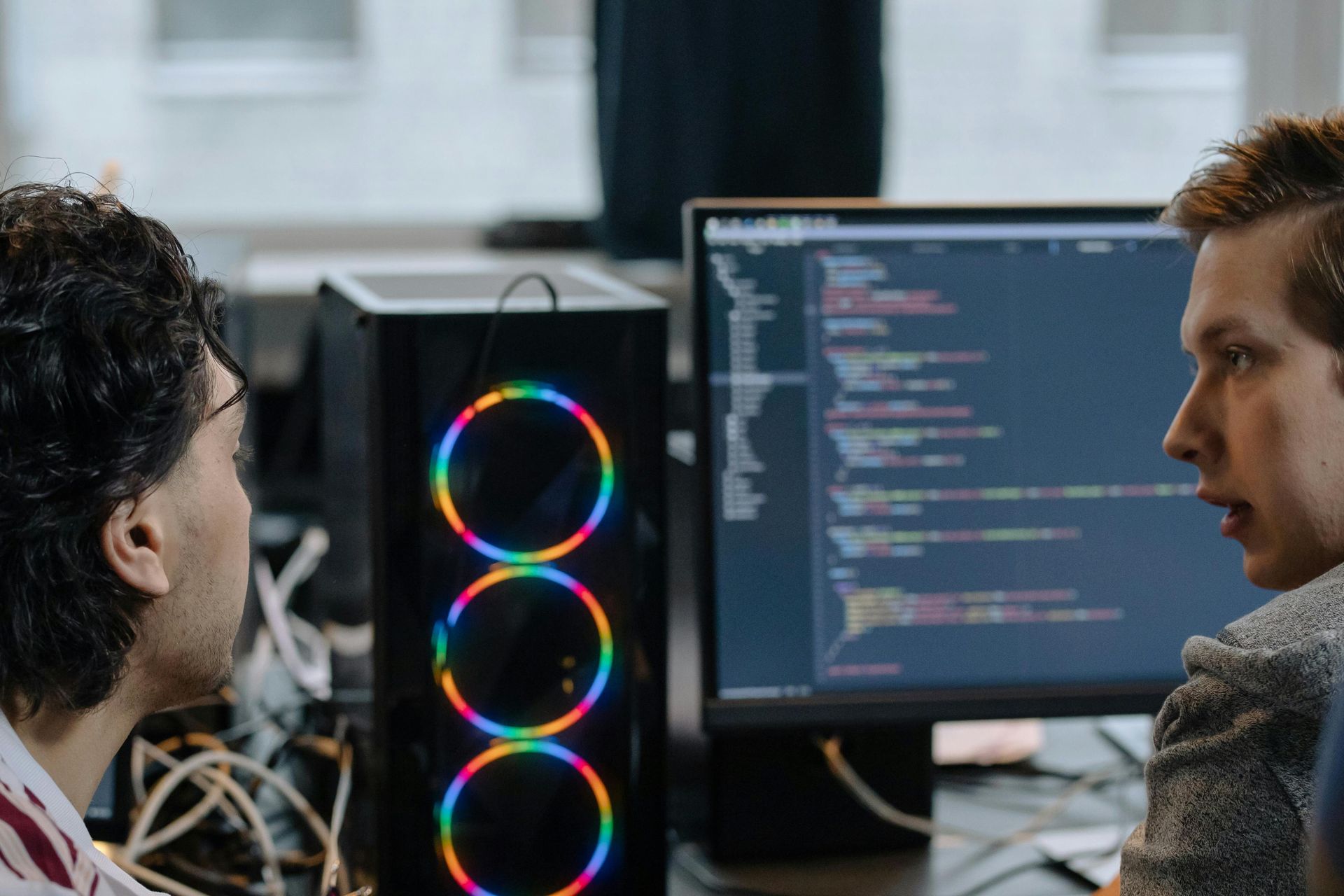
Here’s how Start Left® aligns with and enhances the true value proposition of DevOps:
1. Continuous Integration and Continuous Security (CI/CD)
The DevOps model relies on continuous integration (CI) and continuous delivery (CD) to streamline development and deployment processes. Traditionally, security practices can introduce bottlenecks to these processes, often creating friction between development and security teams.
Start Lef®t ensures that security becomes a seamless part of the CI/CD pipeline, eliminating bottlenecks and allowing teams to move faster without sacrificing security. By integrating security testing (SAST, DAST, IaC Security) and vulnerability management into the CI/CD process, developers are continuously identifying and resolving security risks in real time. This approach aligns security with the velocity of DevOps, enabling faster, safer releases without the last-minute delays that security audits can cause.
2. Improved Collaboration Across Teams
DevOps is all about collaboration between developers, operations, and now, security teams (DevSecOps). Start Left® enhances this collaboration by unifying product security efforts across all teams. By providing real-time security feedback, the platform allows for open communication between teams, enabling better coordination and fewer conflicts.
With Start Left®’s data correlation and risk prioritization, security no longer acts as an outside force slowing down development but instead becomes an integrated part of the team’s workflow. This shifts the perception of security from a blocker to an enabler of DevOps, fostering a true culture of shared responsibility for both product quality and security.
3. Increased Developer Ownership
One of the core tenets of DevOps is to give developers more responsibility for their work, from writing the code to deploying it. However, without security integrated into their daily workflow, developers often lack the tools and knowledge needed to create secure code.
Start Left® empowers developers by delivering actionable insights into security vulnerabilities and providing real-time micro-training tailored to the specific vulnerabilities they introduce. This continuous education and gamified learning paths build developer ownership of both code quality and security, transforming them into the first line of defense. Developers can now own not only the performance of their code but also its security, leading to higher-quality software and reduced security risks.
4. Automation and Reduced Manual Effort
DevOps emphasizes automation to increase efficiency and reduce the time developers spend on repetitive tasks. By automating security testing and prioritization, Start Left® eliminates much of the manual effort traditionally associated with vulnerability management. The platform’s AI-driven risk prioritization ensures that teams focus on the most critical issues, reducing time wasted on low-priority vulnerabilities or false positives.
This automation aligns perfectly with the DevOps vision of faster, more efficient delivery, helping teams reduce technical debt while increasing both software quality and speed.
5. Quality and Resilience by Design
The ultimate goal of DevOps is to produce high-quality, resilient software at scale. Start Left®’s focus on secure-by-design principles ensures that security is part of the development process from the very start, not an afterthought. This reduces the likelihood of vulnerabilities being introduced into the product, ensuring that the software is not only high-performing but also resilient to future security risks.
By integrating security into the development lifecycle, Start Left® helps organizations achieve the full potential of DevOps, where product teams are empowered to produce high-quality software that is secure, reliable, and scalable.
6. Reduction in Tool Complexity and Costs
One of the challenges in traditional DevOps and security approaches is the proliferation of tools, each covering a specific aspect of the development or security lifecycle. This adds complexity, cost, and inefficiency to the process. Start Left® consolidates these tools into a single unified platform, reducing the need for multiple vendors and eliminating the complexity of managing disparate solutions.
This reduction in tool complexity not only lowers costs but also allows DevOps teams to focus on building and delivering software, rather than managing a myriad of security tools.
7. Aligning Security with Business Goals
Finally, DevOps is about aligning the work of development and operations teams with the strategic goals of the business. Start Left® enhances this alignment by offering business risk prioritization within the product lifecycle. The platform helps teams focus on security risks that matter most to the business, ensuring that security efforts are not just reactive but proactive and strategic. This enables organizations to release secure products faster, meet customer expectations, and avoid costly breaches or rework.
Conclusion: Start Left® Enables the True Value of DevOps
Start Left®’s methodology isn’t just about security—it’s about enabling DevOps teams to achieve their full potential. By integrating security seamlessly into the product development lifecycle, Start Left® helps organizations build high-quality, secure, and resilient software at speed, turning security into an enabler of innovation rather than a blocker. This ultimately results in greater efficiencies today, reduced future costs, and fewer security tools, helping organizations consolidate resources while lowering risks.
Start Left® doesn’t just fit into DevOps—it enhances it, turning security into a competitive advantage and a profit center that drives the business forward.
SHARE!
More Resources





